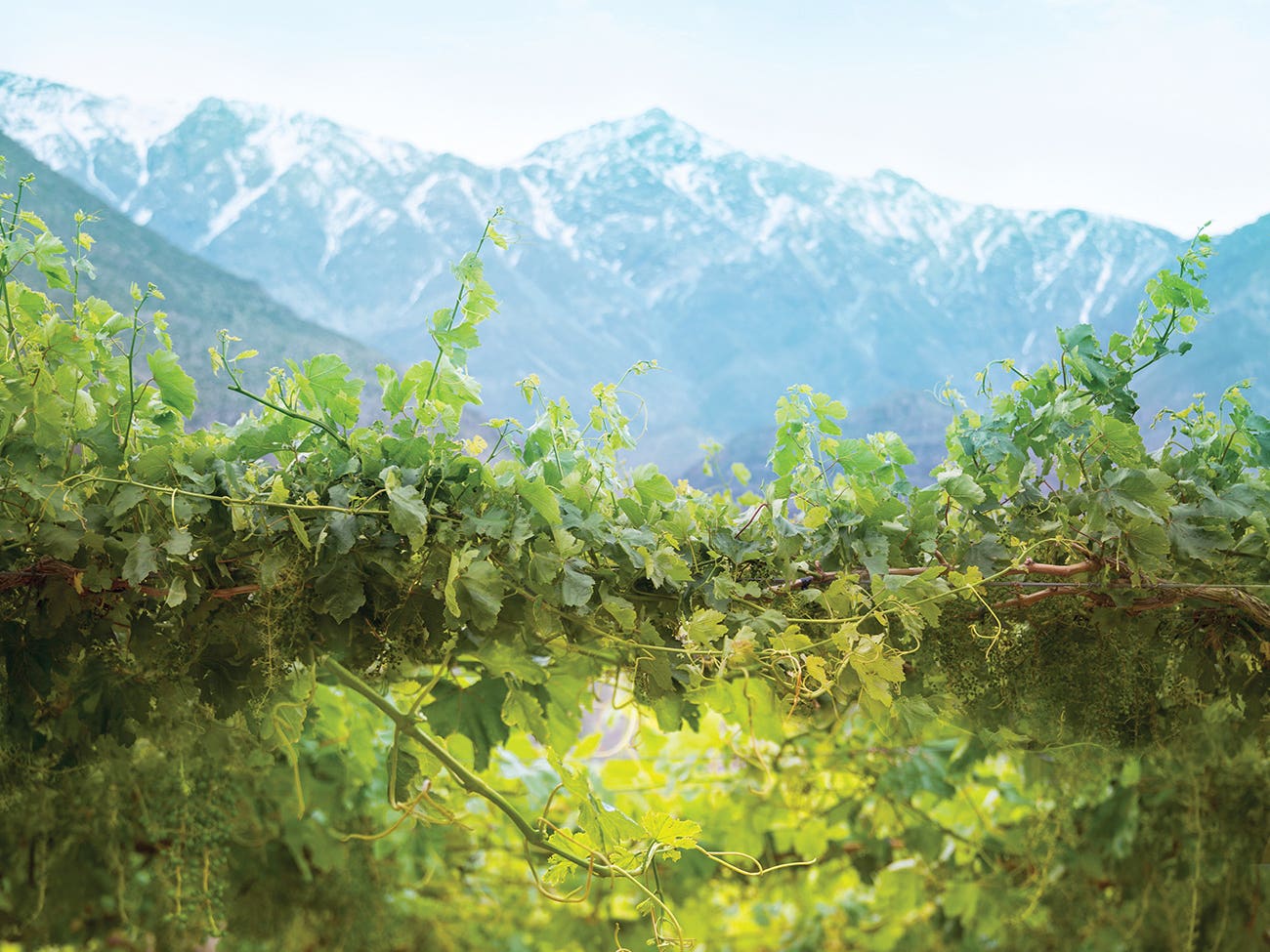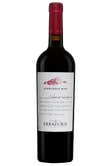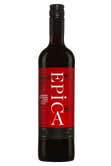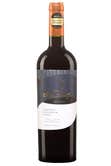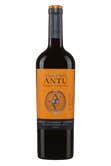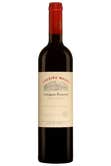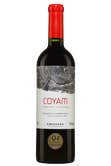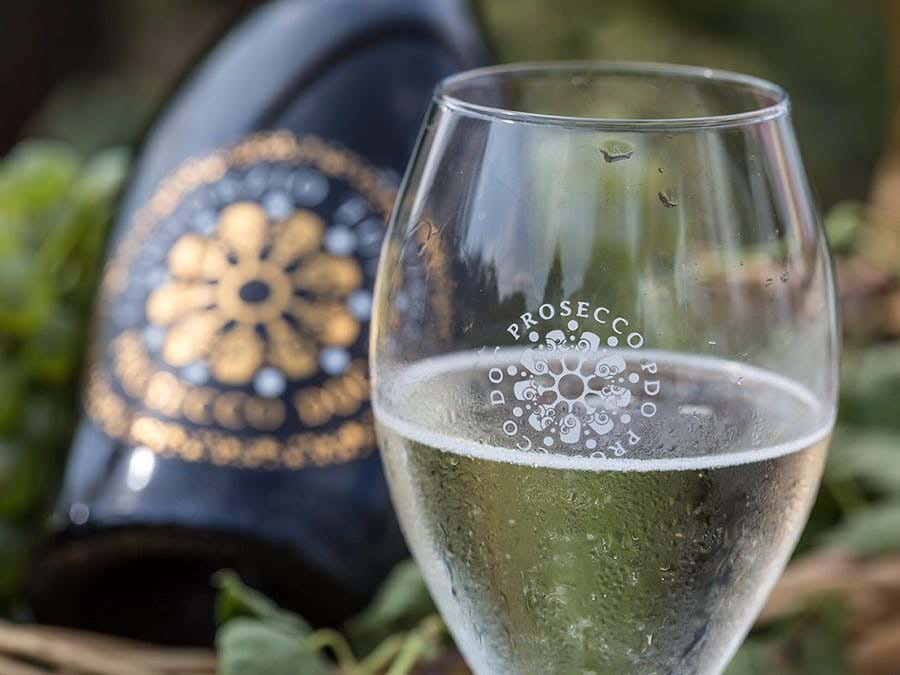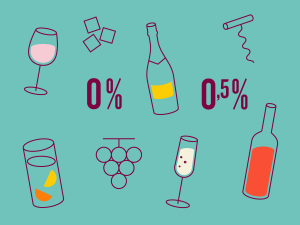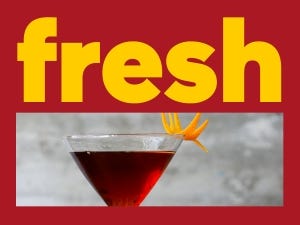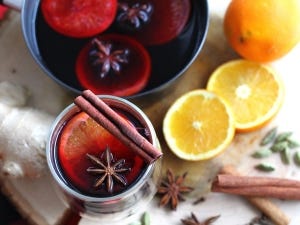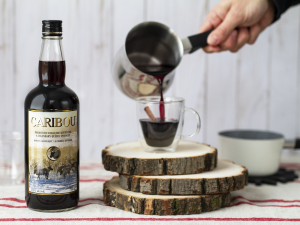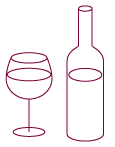

A few years ago, I participated in the World’s Best Sommelier competition in Santiago, Chile.
The event attracted 350 participants from about 60 countries.
During my stay, I was struck by how receptive the Chileans were to what was going on around the world, despite their geographic isolation. To the north, this long, narrow country is framed by the world’s driest desert (the Atacama); to the east by the majestic Andes bordering Argentina; to the south by the Tierra del Fuego (“Land of Fire”) archipelago and the Pacific Ocean to the west.
Known for its wines, among them Ninquén and Luis Felipe Edwards, the Central Valley, stretching southward from Santiago, is blessed with a Mediterranean climate ideal for viticulture. Its dry, hot days keep vine pests and diseases at bay while the cool Andean night air is conducive to the aromatic development of fruit. Full grape maturity is virtually ensured every year. In fact, fruit production is one of Chile’s main economic activities. Locally grown avocados are incredibly tasty and widely consumed here. Try them with bread for breakfast – delicious! Cherimoyas also deserve attention. Their flavour – a cross between a pear and a pineapple – makes them a wonderful ingredient for sherbet.
Chile’s eco wine
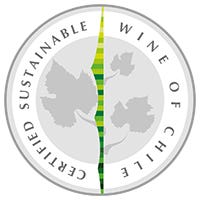

Since 2011, Chile has put in place a sustainable-development certification program for its wine industry. To date, 66 producers have signed on to his Sustainability Code, representing 70 percent of the country’s wine exports. The goal is to reach 100 percent of certification by 2025.
Recognized since 2014 by the SAQ as part of its product selection and process criteria, the certification program requires participants to implement an action plan for pesticide reduction as well as the management of soil, erosion, biodiversity, energy, residual matter and working conditions. Some of these products can also be made according to organic farming principles. They will be labelled as such throughout the SAQ’s network of stores. More and more certified wine producers now use the Sustainability Code seal on their labels.
A thousand and one terroirs
Chile’s diverse topography affords not only breathtaking landscapes but also a multitude of unique climates and terroirs. Central Valley’s dependable conditions, for example, have helped put Chileana wines on the map worldwide, appreciated for their excellent quality-price ratio. But far from resting on their laurels, Chilean winemakers continue to push their viticulture envelope, constantly looking for better terroirs to produce wines that reflect their country’s diversity. Don’t be surprised to see a lot of calicatas – soil pits – dug between the vine rows for soil analysis and achieving a better understanding of the terroir. They’re an enlightened bunch, those growers!
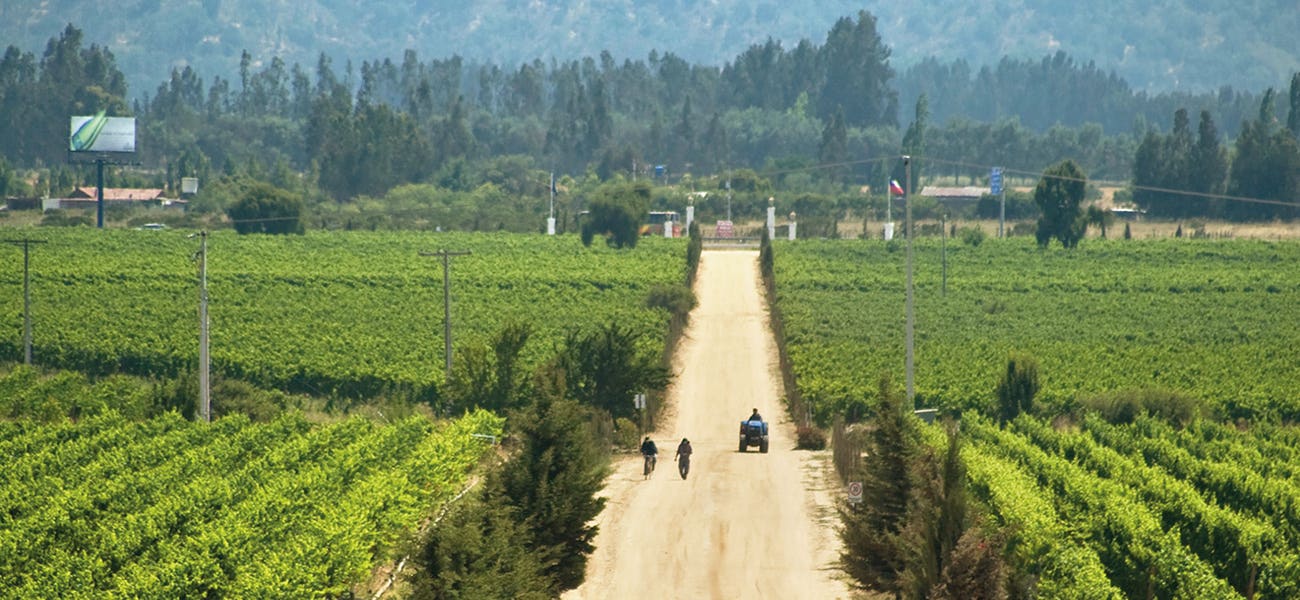

Casablanca Valley is one of the richest wine regions in Chile’s Central Valley. Nestled between the coastal Cordillera and the Pacific Ocean, the valley is renowned for its white wines, especially Chardonnay and Sauvignon Blanc.
Vines are planted very far north, just shy of the desert but high enough on the hillsides to counter the heat. The region enjoys an exceptional degree of sunshine, which explains the heady fruitiness in the wines. A visit here is imperative, if only to admire one of the most spectacular skies in the world. This region teems with astronomical observatories so you can spend an enchanting night under the stars.
Along the coast, vineyards advance toward the ocean’s edge where the Pacific’s cold currents moderate the climate. Dip your toes in the water and you’ll quickly understand why surfers all wear wetsuits!
Chile's top 3
Valle del Rappel, Valle del Aconcagua and Valle del Maipo are the regions from which Inspire members buy the most wine.
Festive spirit
In the east where weather conditions are extreme, vines are planted steadily higher up the Andean foothills, and still the grapes struggle to mature. At some point, the growers began looking southward, interested in reviving the centuries-old vineyards of Carignan and País. The latter was the first European variety to colonize the Americas and the most widely cultivated before Cabernet Sauvignon’s rise in popularity. This southern exploration continues apace: Some wineries have now been established more than a thousand kilometres south of Santiago.
Chileans are by nature curious and determined but they are also bon vivants. During the most stressful moments of the sommelier competition I attended, my Chilean colleagues were the ones who made me laugh and relax. Passionate but utterly unpretentious, they can poke fun at themselves and enjoy partying.
The Bar Liguria,is a traditional but super-trendy cabaret-restaurant in Santiago. Its slogan is an apt description of the Chilean spirit: “Sing, drink, eat and love.”


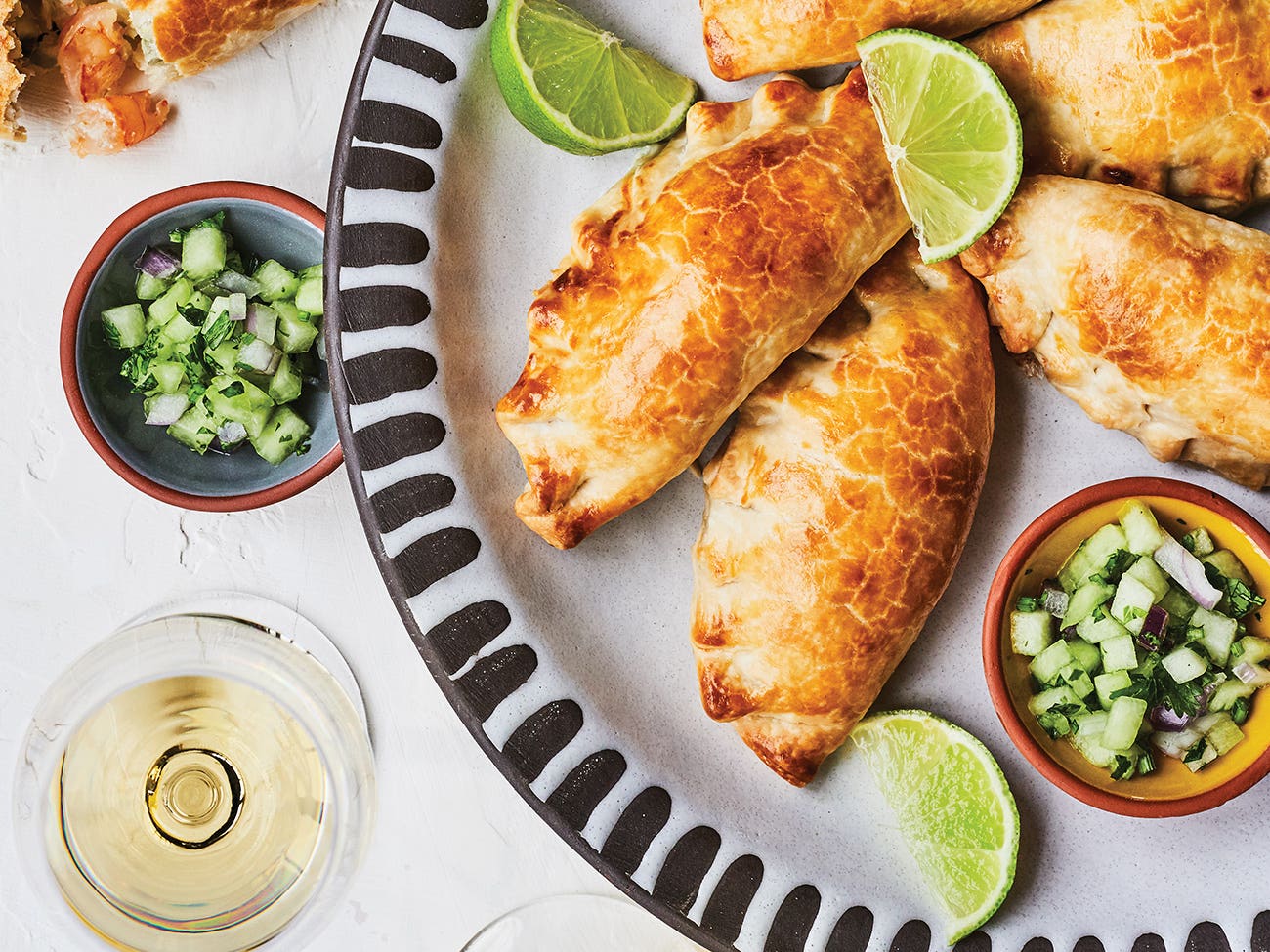

Small shrimp empanadas with melon salsa
Preparation: 30 minutes
Cooking: 20 minutes
Cost per serving: about $5.00
4 servings
White wine rising
While Chile has established an enviable reputation for its structured red wines, its whites, Carmen among them, have been catching up significantly over the past 15 years – in lockstep with international trends. The trend is due in large measure to new plantings in ever-closer proximity to the ocean and which benefit from its fresh atmosphere. And that’s what’s interesting about regions like Casablanca and Leyda, known for their dazzling Sauvignon Blancs, Bío Bío (way down south) and Aconcagua Costa (farther north).
The latter clearly illustrates the importance of the near-ocean effect: Whereas in Aconcagua’s coastal areas producers make fresh and balanced Chardonnays (not to mention nuanced Pinot Noirs), just 70 kilometres to the east average temperatures in the same valley are 4°C higher, and that makes it ideally suited for red wines (like Syrah and Cabernet). It’s rather like travelling from Burgundy to the Rhône region via a short cut – equivalent to the distance between Sainte-Anne-de-Bellevue and Repentigny!
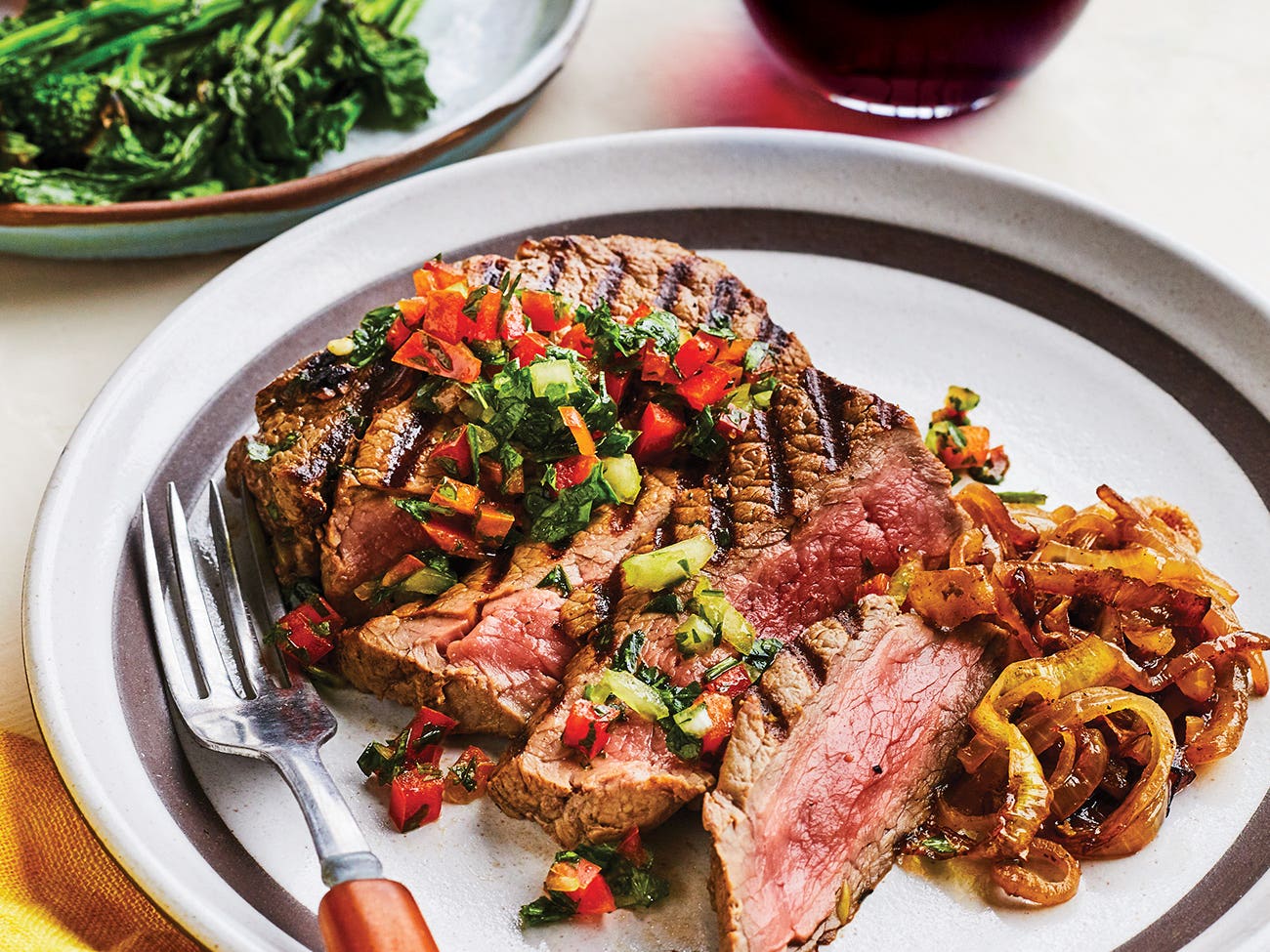

Grilled beef tenderloin with chilean pebre sauce
Preparation: 30 minutes
Cooking: 16 to 18 minutes
Cost per serving: about $10.00
4 servings
Cabernet, front and centre
While the País cepage has been Chile’s long-running variety, today Cabernet Sauvignon spearheads the country’s wine production, having burst onto the international market during the 1980s. A prominent grape in the wines of Errazuriz, San Pedro Epica and Marques de Casa Concha, its presence is hardly a recent phenomenon, since the grapes arrived in Chile in the mid‑19th century. At that point, the vines were planted in the Maipo region in the heart of Central Valley not far from Santiago. This hot, dry area is still acclaimed for its Cabernet (and other Bordeaux varieties), even though winemakers have tended to move away from Santiago as a result of rampant urbanization. Appellations like Maule, Colchagua, Cachapoal and, a little farther north, the Aconcagua Valley interior are all highly prized for their Cabernets, sometimes blended with Syrah.
Photography (food): Maude Chauvin
Related Posts
-
Read more
SAQ shelves are lined with more than 300 wines and spirits produced abroad and bottled here, a process that has a positive impact on the environment and workforce in the province.
-
Read more
In recent years, Prosecco DOC (Denominazione Di Origine Controllata) sales have dizzying new heights. Read on to learn more about the accessible bubbles adored the world over.
-
Read more
Bubbly’s rising popularity has resulted in a wide variety of bottles to choose from. Here’s a handy guide to finding the one that’s right for you!
 Access to SAQ Inspire personalized services and store inventories are unavailable at the moment.
Access to SAQ Inspire personalized services and store inventories are unavailable at the moment. Free in-store delivery with purchases of $75+ in an estimated 3 to 5 business days.
Free in-store delivery with purchases of $75+ in an estimated 3 to 5 business days. 
